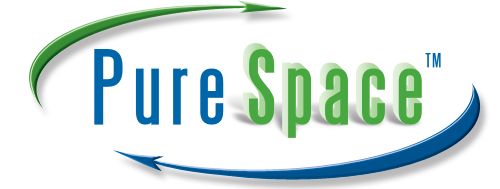This dry ice blasting comparison chart compares our main cleaning method of dry ice blasting with other cleaning methods. We examine each method by looking at five factors: if the method produces waste, if it is abrasive, if it is a health hazard, if the method is conductive, and an overall rating of performance.
Cleaning Type | Waste | Abrasive | Health Hazard | Conductive | Performance |
|---|---|---|---|---|---|
| Dry Ice | No | No | No | No | EXCELLENT |
| Hot Water | Yes | No | No | Yes | Limited |
| Steam | No | No | No | Yes | Limited |
| Water/Solvent | Yes | No | Yes | Yes | Limited |
| Aluminum Oxice | Yes | Yes | Silicosis | No | Highly Aggressive |
| Metal Shot | Yes | Yes | No | No | Highly Aggressive |
| Glass Bead | Yes | Yes | Irrespirable Dust | No | Highly Aggressive |
| Sodium Bicarbinate | Yes | Yes | Irrespirable Dust | No | Highly Aggressive |
| Pummice | Yes | Yes | Silicosis | No | Highly Aggressive |
| Plastic Bead | Yes | Yes | Irrespirable Dust | No | Highly Aggressive |
This dry ice blasting comparison chart pretty much speaks for itself. Dry ice is the way to go. There is no waste, it’s non-abrasive, there’s no health hazards, it’s not conductive, and it does an excellent cleaning job. No other method comes close to being as safe or as effective as dry ice blasting. This is why we at PureSpace have chosen this method.

